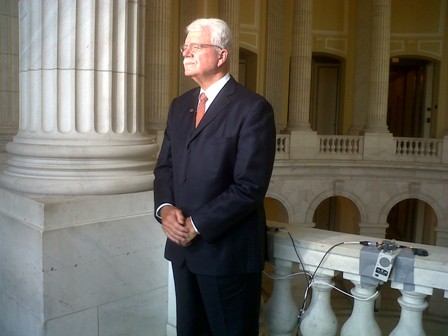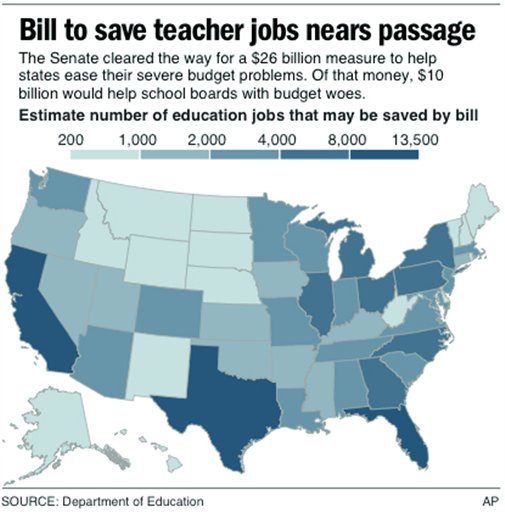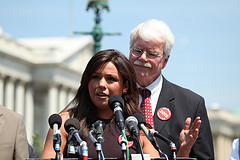"No child should have to learn on an empty stomach. Nearly 65 years ago, America made protecting the health of our children a national priority by developing the National School Lunch Program. This groundbreaking program has prevented hunger and promoted education by enabling our young people to have access to safe, balanced, and affordable meals at school. It has also supported their development, encouraged their learning capacity, and instilled life-long healthy habits. This year, during National School Lunch Week, we recognize the vital importance of this historic program, and we recommit to serving meals that will contribute to the health and well-being of a new generation."
...
"NOW, THEREFORE, I, BARACK OBAMA, President of the United States of America, do hereby proclaim the week of October 10 through October 16, 2010, as National School Lunch Week. I call upon all Americans to join the dedicated individuals who administer the National School Lunch Program in appropriate activities that support the health and well-being of our Nation's children."
The Committee passed the Improving Nutrition for America’s Children Act (H.R. 5504) on July 14, 2010 to dramatically improve children’s access to nutritious meals, enhance the quality of meals children eat both in and out of school and in child care settings, implement new school food safety guidelines and, for the first time, establish nutrition standards for all foods sold in schools.

























